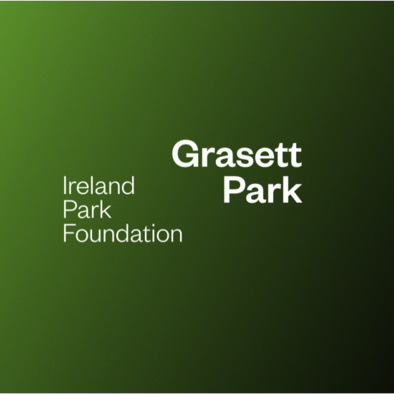Will Peat talks about the progress at Ireland Park

b'Grasett Park, dedicated to Dr. George Robert Grasett and other Canadians who gave their lives to helping the typhus-stricken Irish, is now open at the intersection of Adelaide and Widmer Streets while we await the glass installation.
Ireland Park is a statement of confidence in the ongoing restoration of the quays and the extension of the Waterfront Trail around the edges of Eireann Quay, linking it to the rest of the city. Though access to the park is guided by lighting and signage, designating its relatively isolated location, the park forms a quiet retreat, waiting to be discovered. Ireland Park has taken a lead in the future development of the surrounding area, existing as both destination and \\u2018sacred space,\\u2019 expressing in a contemporary manner the history of the city.
The design of Ireland Park needed to be in harmony with the powerful emotive energy evident in the sculptures situated in the park, created by Irish artist Rowan Gillespie. The massive, craggy, sculptural rock-face of black Kilkenny limestone was obviously the right material to fill this need. A technical approach was devised to make smaller pieces of stone convey the feeling of massive rock and generate the effect of size, scale, texture and emotional energy.\\xa0The names of 675 famine migrants, who died in Toronto in 1847, are located in the openings cut into the rock, evocative of the fossils in the stone, where they too can be similarly discovered. The stone material greatly influenced the design; the light-grey sawn faces of the Kilkenny limestone provide an ideal surface for the inscription of the Famine immigrants\\u2019 names, just as the roughness of the stone simultaneously evokes the battered bow of a ship, as well as the shoreline of the west of Ireland, the departure point for many emigrants in Ireland.
The stone work has set new standards in technical achievement. Without extensive structural engineering, the gravity-defying sculptural qualities of the stone columns could not have been executed. The structure is a combination of reinforced concrete and stone. After dark, the park assumes different moods as the glass cylinder is illuminated and the cuts through the wall are softly up-lit to reveal the inscribed names. Pole-mounted lighting causes the concrete silos to glow, and theatre lighting, mounted in one side of the low bench wall, highlights the gaunt immigrants, casting large shadows on the silo walls.
\\xa0
'